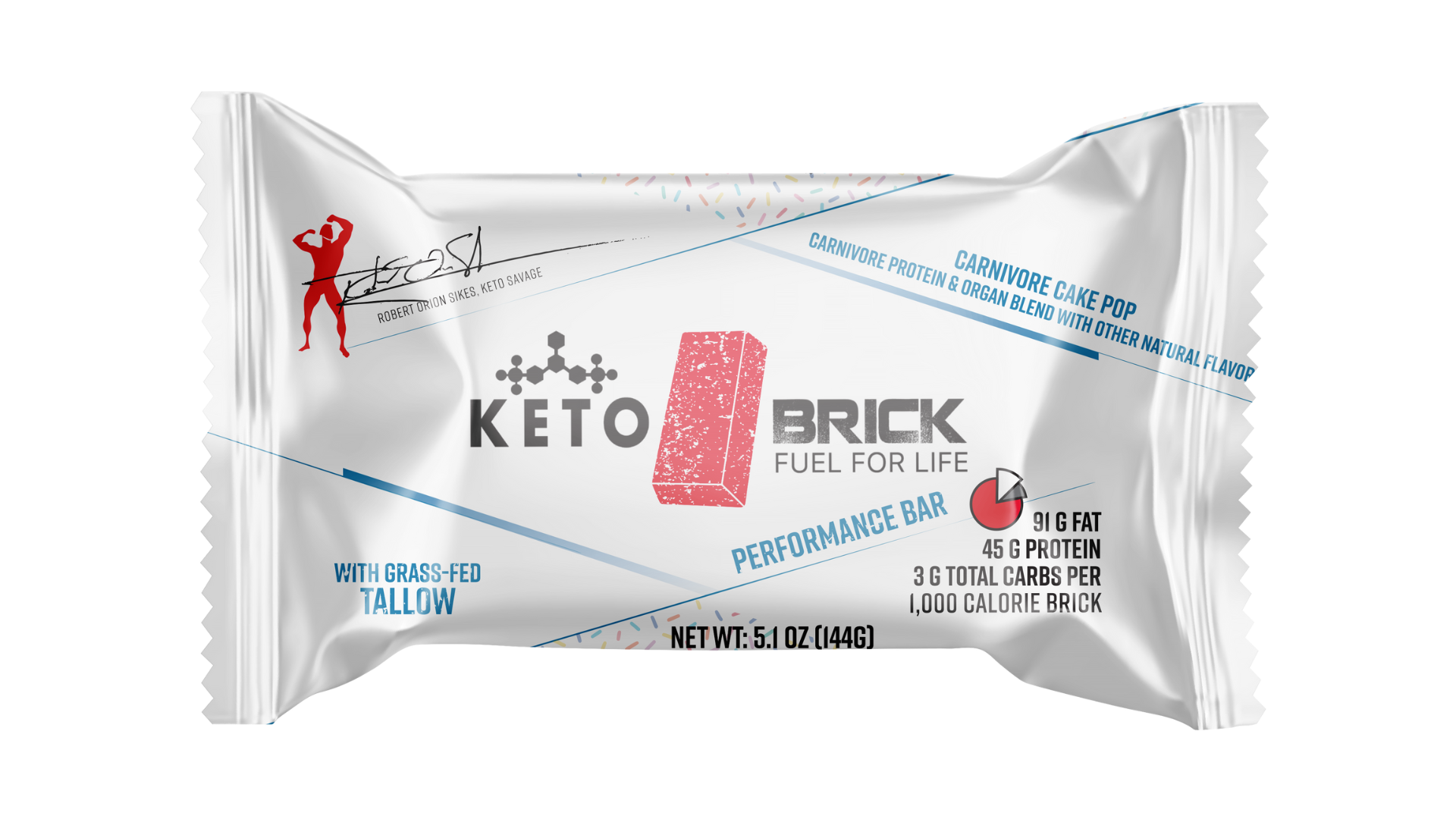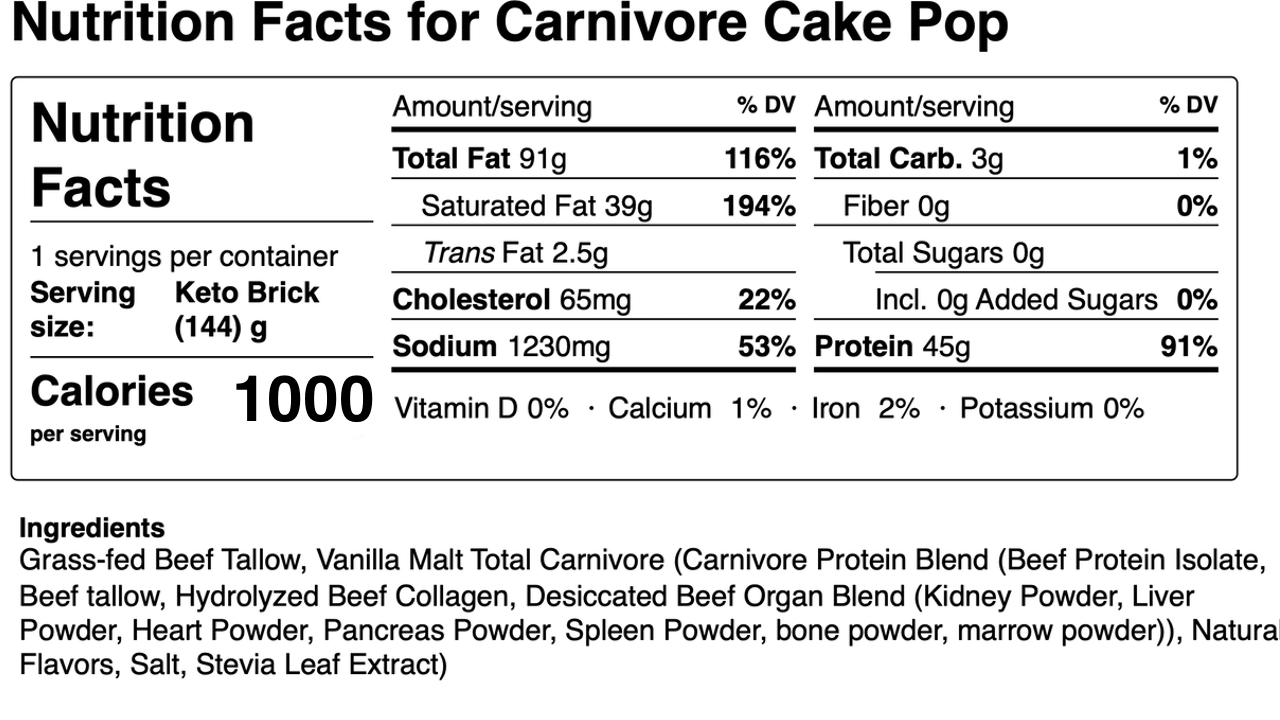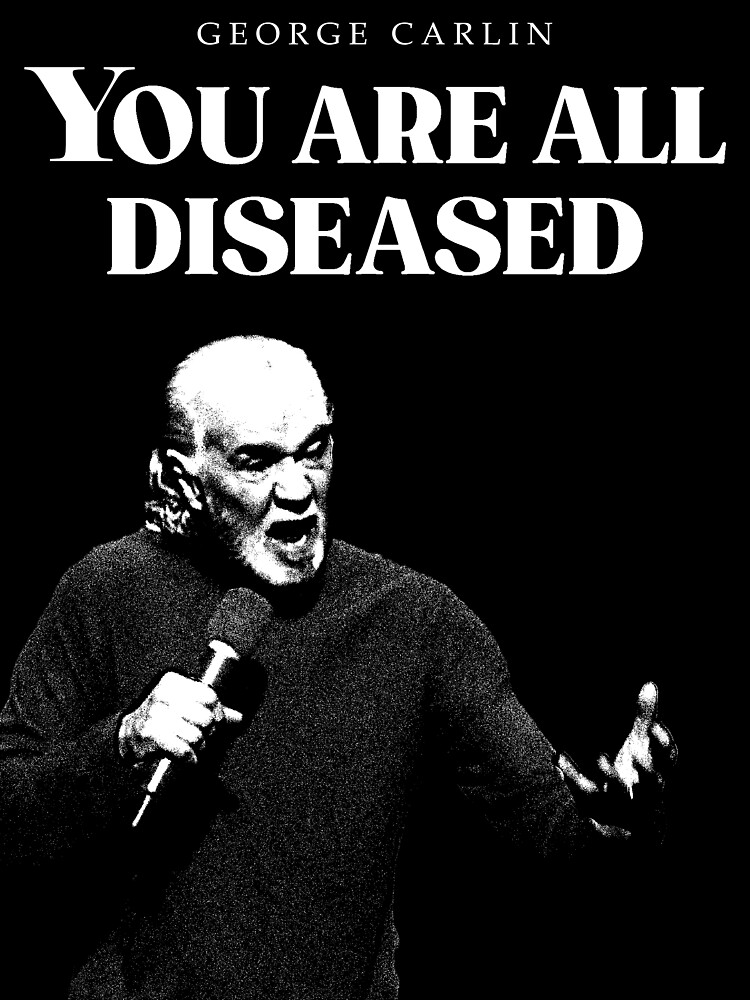I was first introduced to Magic the Gathering back in 1995, and I know this because “Ice Age” was the most current edition available, so it’s like combing through the fossil records to determine the era of the epoch. I was 10 years old, and my adult second cousin who was a god in my eyes because he was in his late 20s/early 30s and played video games and DnD and all sorts of other nerdy stuff sat my brother and I down one day while we were visiting the family for Christmas and told us he was going to teach us “Magic Cards”. I, of course, anticipated some sort of card trick, and was instead introduced to a new colorful world of imagination and tactics and mythological creatures and, truthfully, yet another reason for middle school bullies to throw my own lunch at me and steal my cards. That next Christmas, my brother and I now being full on Magic the Gathering addicts, we got the coolest gifts ever in our stockings: brand new starter decks! My brother given a deck from Mirage, and myself a 4th edition (I apologize for all my non-MTG versed readers out there, but this is one of those “if you know, you know” kinda things). We tore the little plastic coating off of them, gave them a few quick shuffles, and immediately went to war. And, dear reader: that’s the way it SHOULD be. My brother and I, at this point, already had hundreds of our own cards, we have our own decks we had built by carefully hand-selecting each and every individual card, weighing and measuring it’s impact on the overall balance of the deck and it’s effectiveness as a weapon of war against another, and we even had decks specifically built to beat other decks (if they play a mono-burn deck, I play my counter spell/protection from red deck!). But that morning, on Christmas, while we waiting for everyone else to wake up so we could open the rest of our gifts, we just opened up the decks, had NO idea what was inside them, sat across from each other and just played whatever came up, learning as we went. Let’s bring back those starter decks on Christmas morning: let’s just play some Magic.
What are the
starter decks of physical transformation?
I’m speaking on the topic of taking things that are already built for us
and running with it. Not starting from
the ground up and trying to piece together something from a bunch of singular
ideas, but, instead, accepting the gift of an entire system already built and
ready to run. Because what was a starter
deck in MtG? They were ALWAYS 60 cards,
20 of which were lands, 4 of each of the 5 colors, the remaining 40 cards were
a combination of creatures and spells across those same 5 colors, giving the
player a sampling of what was contained within that edition of Magic and all
the tools they needed in order to successfully play a game. They even came with a tiny manual explaining
all the rules of how to play and what new rules were included in this current
edition. There was never any doubt when
you opened up a starter deck that you WOULD be able to play a game with this deck. Would it be exactly the way you wanted to
play? Was it 100% uniquely your
style? No, but it was totally and
absolutely functional: you never had to worry that you had some sort of
unplayable deck due to an inadequate amount of lands, creatures or spells.
That’s the
same guarantee when we follow the programming of someone who is worth trusting:
someone with the necessary credentials of producing results. Yes: if we just jump on board with the latest
influencer, we could in fact be using an unplayable deck, similar to if you
were to just borrow a deck from a stranger or your friend who never seemed too
sharp on the rules vs one officially endorsed and built by “Wizards of the
Coast”. And, similarly, just going onto
youtube and grabbing a bunch of ideas from a bunch of different influencers and
trying to cobble together your own SUPER PROGRAM from all the “best ideas” is
most likely going to give you the same outcome as just grabbing a random pile
of all the “best cards” and trying to make that into a deck: you may, in fact,
find out you have no lands to cast spells with, or no idea how to actually USE
all these “best cards” you grabbed.
Meanwhile, when you buy into a program with a proven track record, ala
5/3/1, Tactical Barbell, Super Squats, Juggernaut Method, RTS, Deep Water, Cube
Method, etc etc, it’s like having a deck officially stamped with Ice Age,
Mirage, 4th Edition, Revised, etc etc: you KNOW you’re playing with something
that WILL work, and you can alleviate yourself of any anxiety of failure.
This is pretty much how every "rate my program" thread goes online
And these
starter decks apply to the world of nutrition as well. Yes, for sure, you can absolutely try to
build your own deck here with the world of “If It Fits Your Macros” and decide
that you’re going to just set the bumpers of your diet and fill it in with
whatever, no different than saying “I’m going to have 20 lands and 40 other
cards and go from there”. But without
REALLY knowing “how to play the game”, there’s a fair chance that the deck you
build just ends up being random janky garbage.
Meanwhile, if you pick a starter deck, like keto, paleo, carnivore,
whole foods vegan, Mediterranean, Vertical Diet, Mountain Dog, etc etc, you
KNOW that you are picking something that HAS worked before, and WILL produce
some manner of result. You don’t need to
spend days, weeks and months trying to build your own deck to play: it’s
Christmas morning, and you can just rip off the plastic, give it a shuffle and
go to war! And if we COMBINE these two
approaches together, picking a program AND a diet that have already been built
FOR us, we are really off to the races!
Nothing is slowing us down on our journey to progress: we are ready to
play!
And just
like I wrote about on that Christmas morning: we were learning our decks AS we
played. The same will hold true on the
path of physical transformation: we play with these starter decks of
programming and nutrition SO THAT we can learn AS we play. Too many trainees want to learn BEFORE they
play: they want to spend MONTHS trying to figure out the EXACT perfect program
and diet before they embark on them, comically enough, in the interest of “not
wasting time” by doing something suboptimal…not understanding that, by doing
NOTHING during that time of research, they’re putting themselves SO far behind
compared to if they had just started with SOMETHING and adjusted as they
went. We play with these decks, not
knowing what’s inside but knowing it’s enough for us to play a game, and each
turn we learn a little bit more about what we’re dealing with, such that, after
we play a few games, we have a better grasp of our capabilities, limitations,
and where we could stand to make some improvements. Much like how I say to run a program AS
WRITTEN before we make adjustments to it, let’s see how we play with these
approaches and THEN see if it needs tweeking.
You didn't swap out the squats for leg presses because you thought it would be better: you did it because you thought it would be easier
Because you
know what was a great thing to spend some of our Christmas money on? BOOSTER PACKS! (Yes, MtG was pretty much drugs for kids:
there is a reason I got out of the game).
These were little 15 card packs you could buy for a few bucks (back in
the day) that allowed you to add ONTO your starter deck. We had a core with that starter deck, we understood
how it played and what we would want it to do better, and now we’d buy a
booster pack and see what sweet new cards were inside that could enhance our
starter deck into something “more”.
Unique to these booster packs though: they rarely contained any manner
of land, and if they did, it was something unique, rather than a basic
land. Lands, in MtG, are your
powersource used to cast spells/summon creatures. No lands, no power, you lose. In turn, you could NOT build a 60 card deck
by just buying 4 booster packs and slapping them together: you NEEDED that
starter deck to have a foundation to build off of. Again, this is no different than trying to
build your own approach by just taking a bunch of random great ideas and
forming it into a program/diet: it’s not going to fly. SAVE those great ideas for AFTER you’ve got
some sort of foundation established and THEN you can apply your boosters. And those unique land cards will be an
AWESOME little tweak to your foundation of basic lands, but if you try to build
an entire deck off of JUST unique lands you’re simply not going to be able to
play the game because you’re lacking in the basics, just like if you try to
have a diet based around biohacks and nutritional tricks and don’t have a basic
foundation of whole foods and sound principles.
I’m honestly
having way too much fun with this metaphor and could write a LOT more about it,
but let me try to just summarize what I’m saying here. On the path of physical transformation, one
day we may very well make our own decks from scratch and play with a playstyle
that is totally and uniquely our own.
However, in getting to that path, we need to play SOME games first, and
to get started there, we start with a starter deck. We have starter decks for training AND
nutrition, and some enterprising individuals will even package the two together
to have an entire SYSTEM already built for a trainee, but by picking a deck and
playing straight away, we can learn the rules of the game as we go and get
better THROUGH playing, rather than trying to learn everything FIRST and try to
build from scratch. And just like there
are many editions of MtG, there are MANY decks for us to choose from, cycle
through, and learn from the process.
Once we have a firm understanding of the rules and how WE play, we can
start applying some boosters from those random one-off ideas we picked up along
the way, as the experience we’ve accumulated will help make these ideas make
more sense compared to hearing them as a newbie and not having the context of
experience to leverage them. Ultimately,
we do ourselves a service by picking an approach and running it full force and
full compliance in order to learn as much as we can about the system at play
and how we respond to it, and with enough time playing, we will build something
mighty.
























